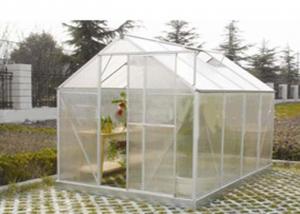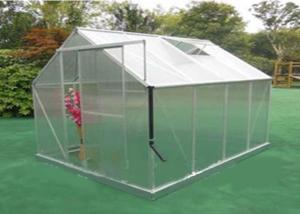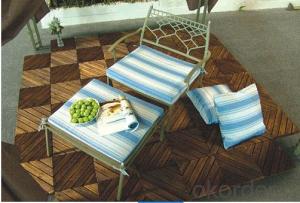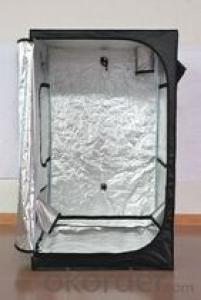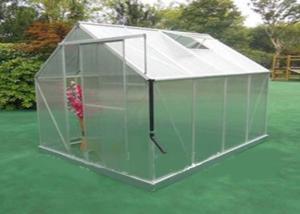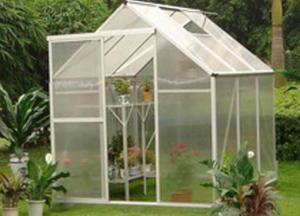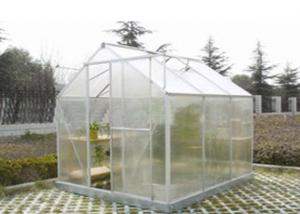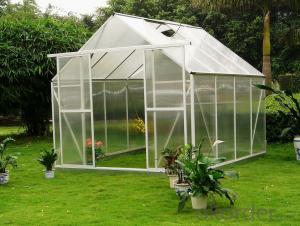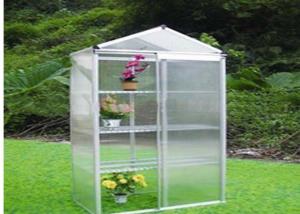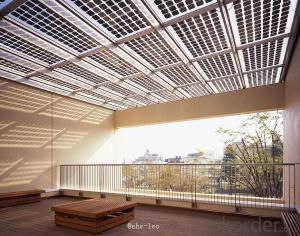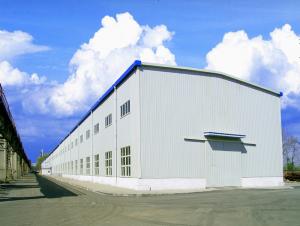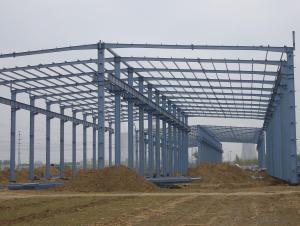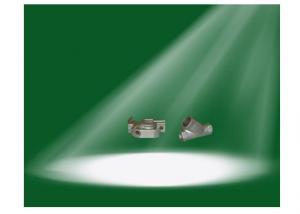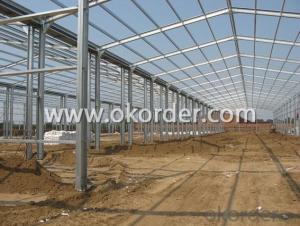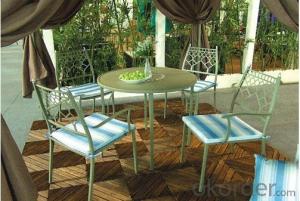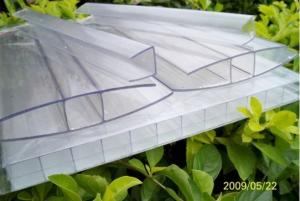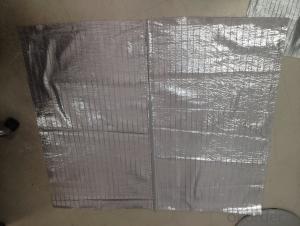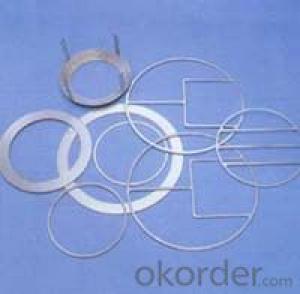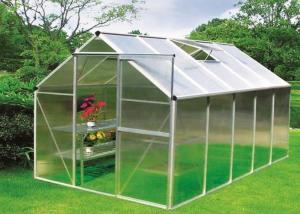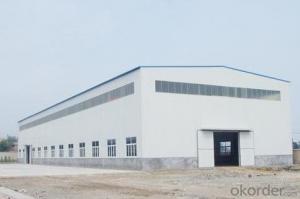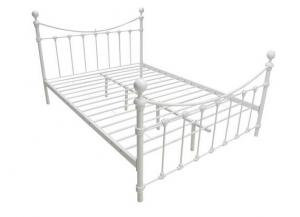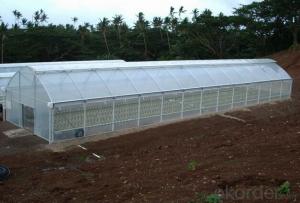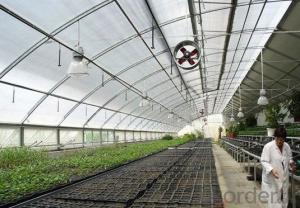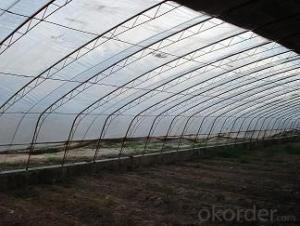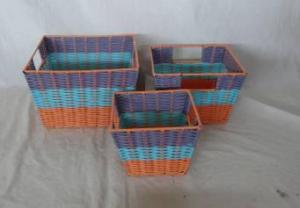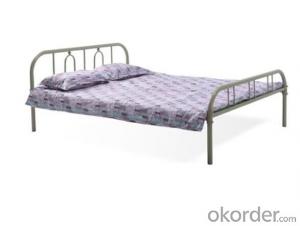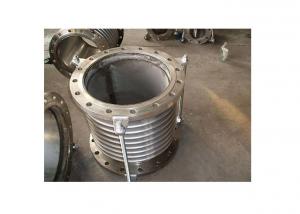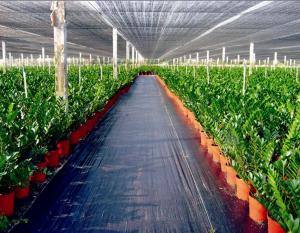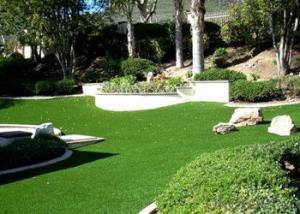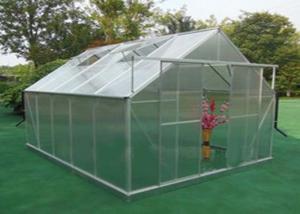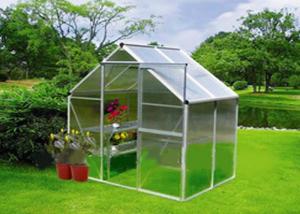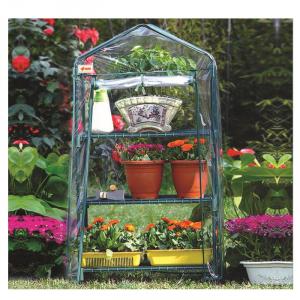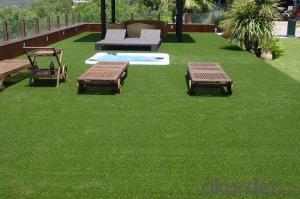Metal Greenhouse
Metal Greenhouse Related Searches
Greenhouse Roof Steel Metal Homes Greenhouse Small Greenhouse Garden Center Small Backyard Greenhouse Used Greenhouse 4X6 Greenhouse Glass For Greenhouse Nursery Greenhouse Very Small Greenhouse Heated Greenhouse Kit Aluminum Greenhouse Kits Garden Greenhouse Nj Greenhouse Kits Uk Greenhouse Catalog Complete Greenhouse Kit Home Bargains Greenhouse Metal Furniture Company Iron Foundry Metal Cast Iron Steel Homes Exterior Metal Window Awnings 6 X 6 Greenhouse Sale 4X6 Greenhouse Kits Steel Modular Homes Black Metal Cladding Rion Greenhouse Kits Canada Greenhouse Kits Metal Buildings Into Homes Steel VillaMetal Greenhouse Supplier & Manufacturer from China
Metal Greenhouse is a type of agricultural structure designed to provide a controlled environment for growing plants. These structures are made from metal materials, offering durability and resistance to harsh weather conditions. The product is particularly useful for farmers and gardeners who require a stable and secure environment to cultivate their crops, regardless of the external climate. Metal Greenhouses are widely used in various applications, such as commercial farming, horticulture, and even personal gardening projects. They provide an ideal setting for nurturing plants and maximizing yield, making them a popular choice for those seeking to optimize their growing conditions.Okorder.com is a reputable wholesale supplier of Metal Greenhouse products, catering to the needs of customers worldwide. With a vast inventory of Metal Greenhouses, Okorder.com ensures that customers have access to a diverse range of options to suit their specific requirements. The company is committed to providing high-quality products at competitive prices, making it an ideal choice for those looking to invest in Metal Greenhouses for their agricultural or gardening endeavors.
Hot Products
